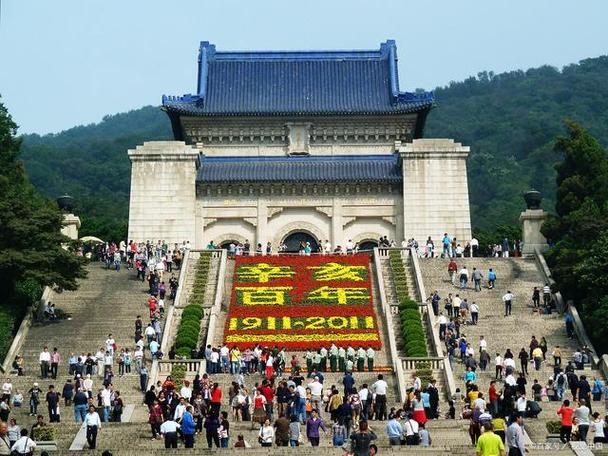
南京中山陵英文导游辞
My dear friends, when you come to a city, you probably want to visit the most famous scenic spots of special interest. Nanjing has many places of historic interests and has been capital for six "dynasties." But if you leave Nanjing without visiting Dr. Sun Yat-sen's Mausoleum, undoubtedly you have missed the most arresting and famous tourist attraction of the city.
Talking about the Mausoleum we should have an idea about Sun Yat-sen, the great pioneer of Chinese democratic revolution. Mr. Sun's original name is Sun Wen and styled himself Yat-sen. So foreign friends would call him "Dr. Sun Yat-sen". Since he took "Woodcutter in Zhoushan" as his alias when he took part in the revolutionary activities, he was respectfully and widely called Mr. Sun Zhongshan in China. On October 12, 1866, Mr. Sun was born in a farmer's family in Caiheng village of Xiangshan county (the present-day zhongshan City), Guangdong Province. When he was still young, he had great expectations. He studied medicine in Honolulu, Hong Kong and some other places and after graduation he worked as a practitioner in Gangzhou, Macao and other places Later he gave up medicine as his profession to take part in political activities. In 1905, he set up China Alliance Organization in Japan and he was elected president. He put forward the famous guiding principle- "driving the invaders out, restoring the sovereignty of China, establishing a republic and equalizing the land ownership" and the Three People's Principles-"Nationalism, Democracy and the People's Livelihood." On October 10, 1911, the Wuchang uprising broke out and Dr. Sun as elected President of the Republic of China by representatives from seventeen provinces. On the following New Year's day (January 1, 1912) Mr. Sun took the oath of office in Nanjing. From then on, Mr. Sun experienced Yuan Shikai's usurpation, the Second Revolution, "Campaign Protecting the Interim Constitution." In 1921, Mr. Sun took the position of President in Unusual Times in Guangzhou. At the first National Congress of Kuomintang held in Quangzhou in 1924, he perfected the original Three People's Principles and put forward Three people's New Principles. He also proposed the policies of "Making an alliance with Russia and the Communist Party of China and helping the farmers and workers." In November 1924, in spite of his illness, Mr. Sun went up to Beijing to discuss state affairs with General Feng Yuxiang.
Unfortunately, he broke down from constant overwork and passed away on March 12, 1925.
The location of the Mausoleum was chosen by Mr. Sun himself. Here is exactly a good place to build a mausoleum. You may wonder: Mr. Sun was born in Guangdong but died in Beijing. For his whole life he traveled throughout China for the revolution. Why did he choose Nanjing as the venue of his tomb?
It is said that far before Mr. Sun took office in 1912, the abbot of Lingu Monastery had recommended him that his place is good for fengshui, because it faces the plain and is backed up by green mountains as its protective screen. On March 31, 1912 Mr. Sun resigned as a political compromise for the sake of the union of the North China and the South China. One day of the early April, he went hunting with Hu Hanmin around the Piety Tomb of Ming Dynasty. They took a rest in the place where the Mausoleum is located now. Mr. Sun looked around and said "If possible I would like my countrymen to allow me to have this place to bury my coffin." Surely, the fengshui of the Zijing Mountain is not the basic reason for the location of Mr. Sun's mausoleum. The basic reason is that, he said on dying "After my death, you can bury me at the foot of the Zijin Mountain in Nanjing in memory of the Revolution of 1911, because Nanjing is where the temporary government was founded. "So although Mr. Sun stayed in Nanjing not a long time, it had a special meaning to him. Fundamentally speaking, the reason he chose Zijing Mountain as his permanent resting-place is to commemorate the revolution of 1911 and to encourage the revolutionaries.

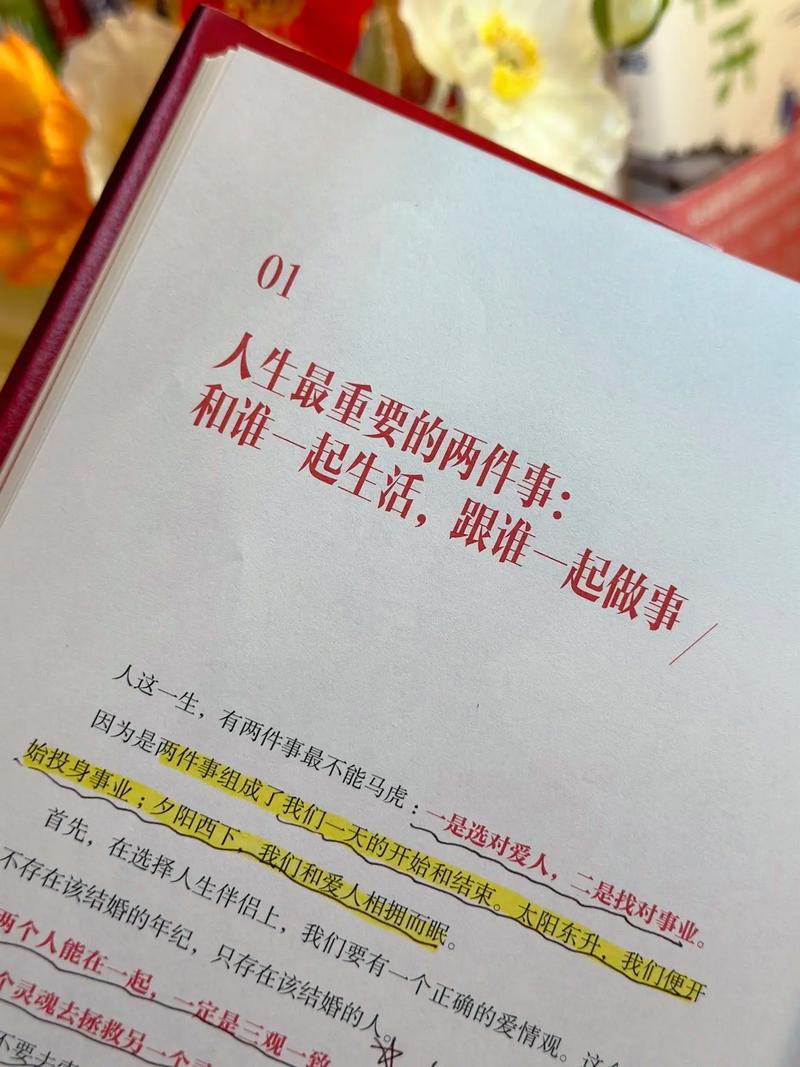
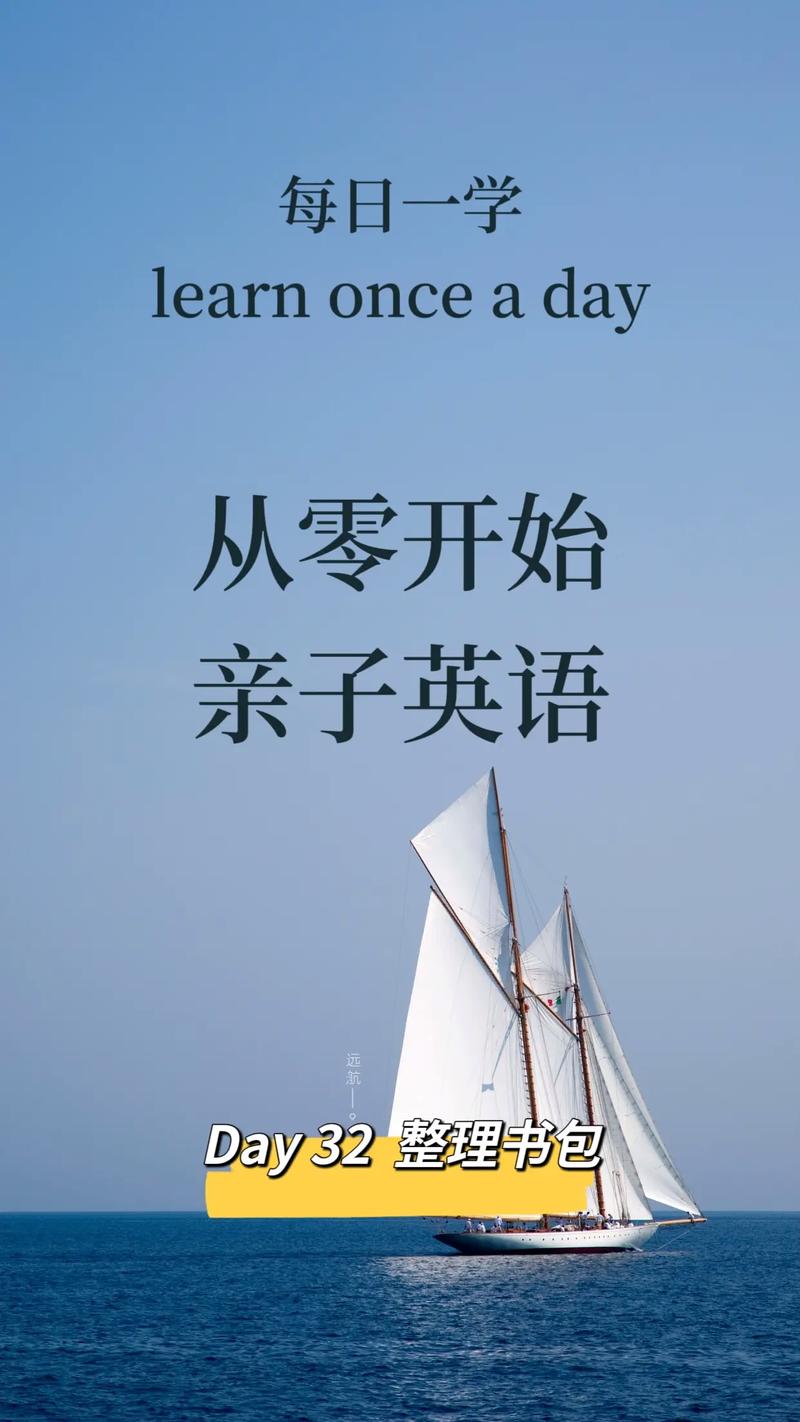
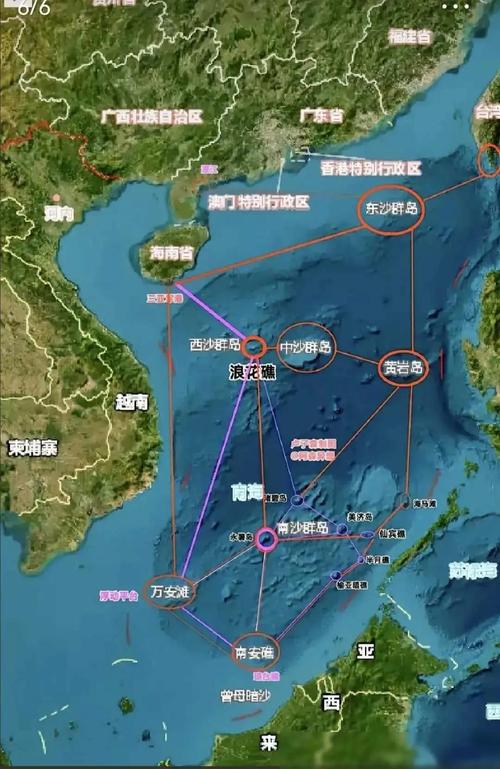

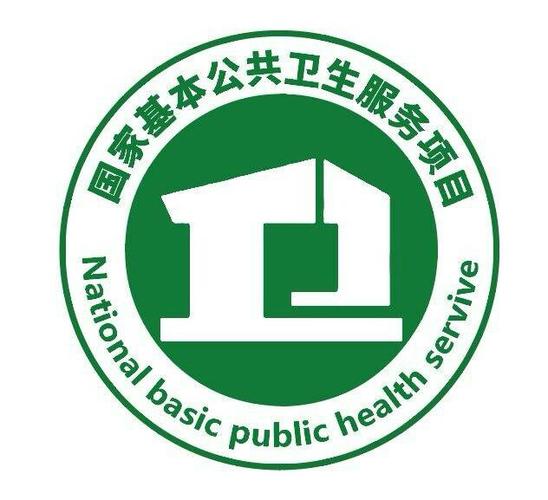



 扫一扫支付
扫一扫支付


